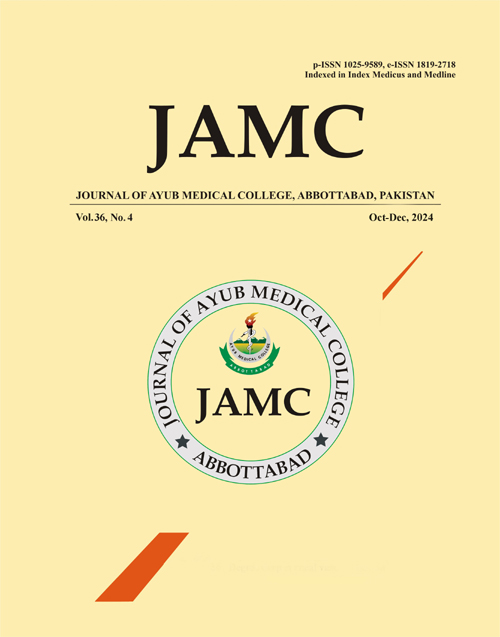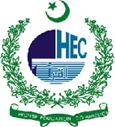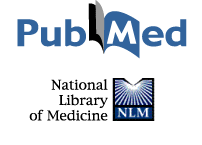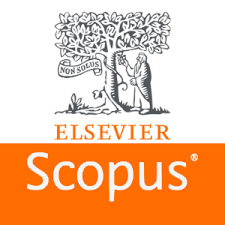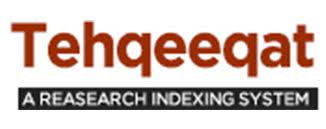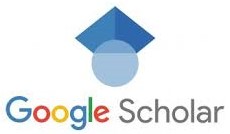OUTCOME OF GPLLB/LLLA INHIBITORS IN TOTALLY OCCLUDED CORONARY ARTERY IN PATIENTS PRESENTING WITH ACUTE MYOCARDIAL INFARCTION LATE FOR THROMBOLYSIS OR PRIMARY PERCUTANEOUS CORONARY INTERVENTION
DOI:
https://doi.org/10.55519/JAMC-04-14013Keywords:
Acute myocardial infarction, GP IIb/IIIa inhibitors, Thrombolysis, Primary percutaneous coronary intervention, Renal Complication.Abstract
Background: Acute coronary ischemia is one of the most fatal cardiovascular events, presenting with tremendously high morbidity and mortality, especially in cases involving a completely occluded artery, leading to acute myocardial infarction (AMI). The study aimed to ascertain the efficacy and safety of glycoprotein IIb/IIIa (GP IIb/IIIa) inhibitors in Pakistani patients who present late for thrombolysis or primary percutaneous coronary intervention (PCI). Method: The trial was conducted at a tertiary care hospital in Islamabad, including 200 patients, with GP IIb/IIIa inhibitors used in 40% of infarct-related artery (IRA) cases. Results: The analysis revealed that GP IIb/IIIa inhibitors reduced major adverse cardiac events (MACE) by 9%, recurrent myocardial infarction (MI) by 7.5%, and improved thrombus resolution by 25%, as well as myocardial salvage by 12%. However, there was a higher rate of bleeding complications (p < .05) associated with their use. No other significant adverse events, such as in-hospital mortality, length of stay, or renal complications, were identified. Conclusions: These results suggest that GP IIb/IIIa inhibitors should not be used as a one-size-fits-all therapy. Proper patient selection, along with robust monitoring under dose-adjusted Eptifibatide or Tirofiban infusion regimens to target coagulation levels appropriately, is crucial. Although this treatment could be valuable in managing AMI, particularly in regions where advanced cardiac care is less accessible, further large-scale, multicenter studies are needed to determine its long-term safety and efficacy. This study provides a framework for further investigations into the use of GP IIb/IIIa inhibitors in similar patient populations.
References
1. Antman EM, Anbe DT, Armstrong PW, Bates ER, Green LA, Hand M, et al. ACC/AHA guidelines for the management of patients with ST-elevation myocardial infarction—executive summary. Circulation 2004;110(5):588–636.
2. Niccoli G, Scalone G, Lerman A, Crea F. Coronary microvas-cular obstruction in acute myocardial infarction. Eur Heart J 2009;30(24):2886–93.
3. Topol EJ, Moliterno DJ, Herrmann HC, Powers ER, Grines CL, Cohen DJ, et al. Comparison of two platelet glycopro-tein IIb/IIIa inhibitors, tirofiban and abciximab, for the pre-vention of ischemic events with percutaneous coronary re-vascularization. N Engl J Med 2001;344(25):1888–94.
4. The EPIC Investigators. Use of a monoclonal antibody di-rected against the platelet glycoprotein IIb/IIIa receptor in high-risk coronary angioplasty. N Engl J Med 1994;330(14):956–61.
5. Platelet Glycoprotein IIb/IIIa in Unstable Angina: Receptor Suppression Using Integrilin Therapy (PURSUIT) Trial In-vestigators. Inhibition of platelet glycoprotein IIb/IIIa with eptifibatide in patients with acute coronary syndromes. N Engl J Med 1998;339(7):436–43.
6. De Luca G, Suryapranata H, Stone GW, Antoniucci D, Tch-eng JE, Neumann FJ, et al. Abciximab as adjunctive therapy to reperfusion in acute ST-segment elevation myocardial in-farction: a meta-analysis of randomized trials. JAMA 2009;301(13):1365–73.
7. The TARGET Investigators. Comparison of abciximab and tirofiban for the prevention of ischemic events with percuta-neous coronary revascularization. N Engl J Med 2001;344(25):1888–94.
8. Stone GW, Grines CL, Cox DA, Garcia E, Tcheng JE, Griffin JJ, et al. Comparison of angioplasty with stenting with and without abciximab for acute myocardial infarction. N Engl J Med 2001;344(7):493–501.
9. Henriques JP, Zijlstra F, van 't Hof AW, de Boer MJ, Dam-brink JH, Gosselink AT, et al. Angiographic no-reflow phe-nomenon in acute myocardial infarction: the TIMI frame count and myocardial blush grade identify different forms of distal embolization. J Am Coll Cardiol 2003;42(11):1772–7.
10. Zeymer U, Vogt A, Zahn R, Weber M, Tebbe U, Gottwik M, et al. Predictors of no reflow after primary percutaneous coro-nary intervention in patients with acute ST-elevation myo-cardial infarction. Int J Cardiol 2003;90(1):119–25.
11. Gershlick AH, More R, Banning AP, Dissanayake A, Rick-ards A. A randomized, placebo-controlled trial of rescue an-gioplasty after failed thrombolysis: The Middlesbrough Ear-ly Revascularisation to Limit Infarction (MERLIN) trial. J Am Coll Cardiol 2005;46(6):827–36.
12. Jolly SS, Yusuf S, Cairns J, Meeks B, Pogue J, Rokoss MJ, et al. Radial versus femoral access for coronary angiography and intervention in patients with acute coronary syndromes (RIVAL): a randomized, parallel group, multicentre trial. Lancet 2009;377(9775):1409–20.
13. Tamhane UU, Gurm HS. The chimeric monoclonal antibody abciximab: a systematic review of its safety in contemporary practice. Expert Opin Drug Saf 2008;7(6):809–19.
14. Dunn CJ, Foster RH. Abciximab: a pharmacoeconomic re-view of its use in percutaneous coronary revascularisation. Pharmacoeconomics 1999;16:711–41.
15. O'Connor CM, Platek AE, McCullough PA. Safety profile of GP IIb/IIIa inhibitors: a review. Circulation 2003;107(23):2924–9.
16. Stone GW, McLaurin BT, Cox DA. The safety and efficacy of GP IIb/IIIa inhibitors: a comprehensive review. N Engl J Med 2004;350(24):2470–9.
Downloads
Published
How to Cite
Issue
Section
License
Copyright (c) 2024 Fahad Khalid, Muhammad Fareed Khan, Wahab Anwar, Muhammad Fasihullah Khan, Muhammad Hasnain Iqbal, Naveed Yaqoob

This work is licensed under a Creative Commons Attribution-NoDerivatives 4.0 International License.
Journal of Ayub Medical College, Abbottabad is an OPEN ACCESS JOURNAL which means that all content is FREELY available without charge to all users whether registered with the journal or not. The work published by J Ayub Med Coll Abbottabad is licensed and distributed under the creative commons License CC BY ND Attribution-NoDerivs. Material printed in this journal is OPEN to access, and are FREE for use in academic and research work with proper citation. J Ayub Med Coll Abbottabad accepts only original material for publication with the understanding that except for abstracts, no part of the data has been published or will be submitted for publication elsewhere before appearing in J Ayub Med Coll Abbottabad. The Editorial Board of J Ayub Med Coll Abbottabad makes every effort to ensure the accuracy and authenticity of material printed in J Ayub Med Coll Abbottabad. However, conclusions and statements expressed are views of the authors and do not reflect the opinion/policy of J Ayub Med Coll Abbottabad or the Editorial Board.
USERS are allowed to read, download, copy, distribute, print, search, or link to the full texts of the articles, or use them for any other lawful purpose, without asking prior permission from the publisher or the author. This is in accordance with the BOAI definition of open access.
AUTHORS retain the rights of free downloading/unlimited e-print of full text and sharing/disseminating the article without any restriction, by any means including twitter, scholarly collaboration networks such as ResearchGate, Academia.eu, and social media sites such as Twitter, LinkedIn, Google Scholar and any other professional or academic networking site.

